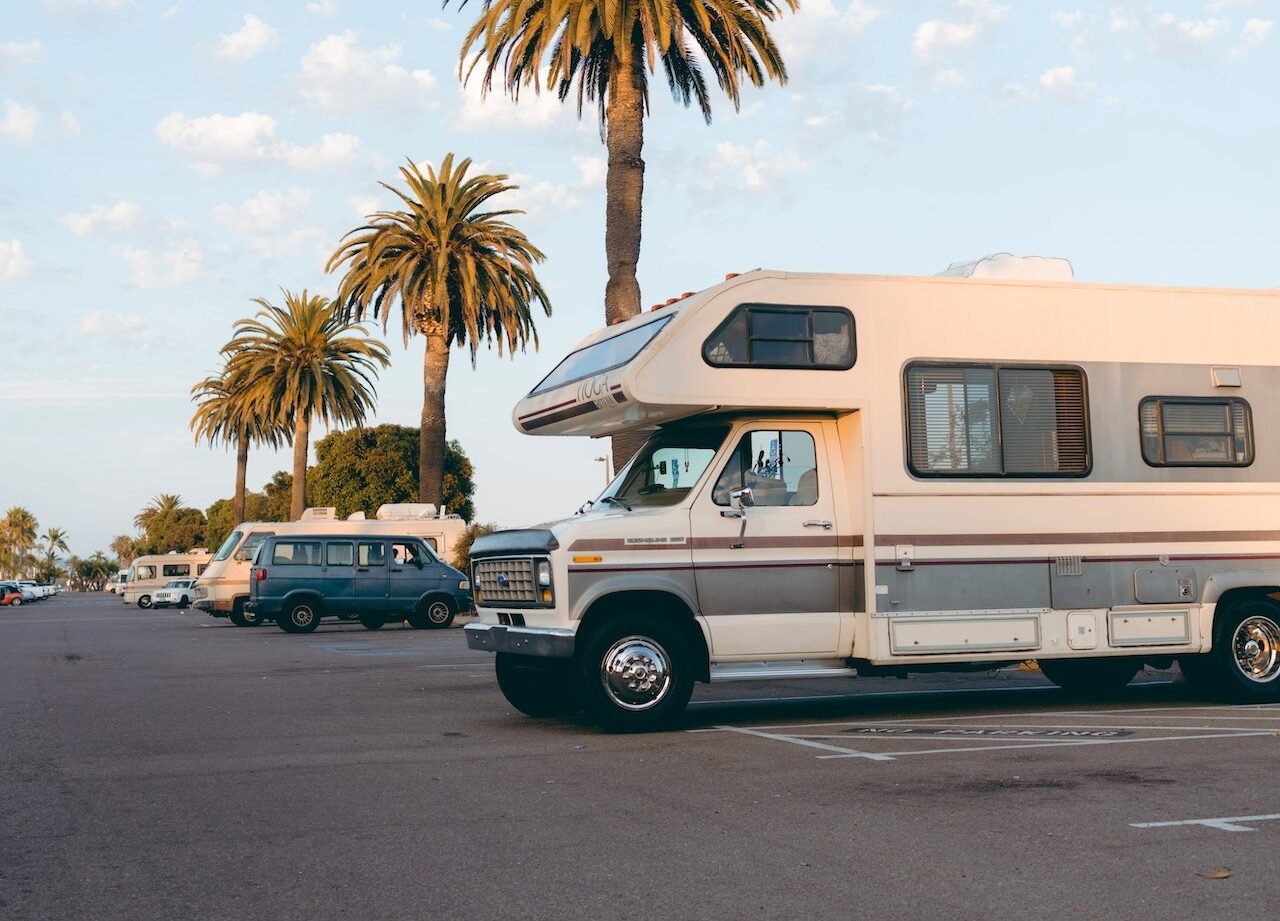Choosing a roof coating for your recreational vehicle (RV) is no small task. This decision can impact the lifespan of your vehicle, as well as your comfort and safety while on the road. With various options available, it can be challenging to determine which is best suited for your specific needs.
In this article, we will delve into the world of RV roof coatings, specifically acrylic, polyurethane, and silicone, to help you make an informed decision.
What is an RV Roof Coating?
An RV roof coating is a protective layer that shields the roof of your vehicle from harmful environmental elements. It can prevent leaks, reflect harmful UV rays, resist harsh weather conditions, and even prolong the lifespan of your RV roof. The type of coating you choose could significantly affect the longevity and performance of your RV roof.

Photo by Matt Hardy:
Acrylic Roof Coating: The Economical Choice
Acrylic roof coatings are a popular choice among RV owners for several reasons. These water-based coatings offer a decent level of protection, keeping your RV’s roof in good condition.
Benefits of Acrylic Roof Coatings
Acrylic coatings are highly reflective, which can help reduce the internal temperature of your RV by reflecting sunlight. This characteristic makes acrylic a great choice for those looking to keep their RV cool during hot summer months.
Moreover, acrylic coatings are generally the least expensive option on this list, making them an attractive choice for RV owners on a tight budget.
Limitations of Acrylic Roof Coatings
Despite their advantages, acrylic coatings have some limitations. They require multiple layers to provide ample protection, and they don’t perform well in areas prone to ponding water.
If your RV roof tends to gather water, an acrylic coating might not be the ideal choice for you. Furthermore, these coatings can degrade and peel over time, leading to potential leaks.
Polyurethane Roof Coating: The Durable Option
Polyurethane roof coatings offer a step up from acrylic in terms of durability and performance. While they come with a slightly higher price tag, their longevity and resistance to harsh conditions make them a worthwhile investment.
Benefits of Polyurethane Roof Coatings
One of the key benefits of polyurethane coatings is their durability. They are designed to last 2-3 times longer than acrylic coatings, making them a cost-effective solution in the long run.
Polyurethane coatings can handle ponding water quite well, making them a suitable choice for RV roofs that tend to collect water. These materials require multiple layers for optimal protection but can be applied over both acrylic and existing polyurethane coatings.
Limitations of Polyurethane Roof Coatings
On the downside, polyurethane coatings have a higher price point and emit a strong odor during application. This odor can be an issue when installing in public places or occupied buildings.
Silicone Roof Coating: The Premium Choice
For those willing to invest a bit more for superior protection, 100% silicone is the way to go. Known for their exceptional longevity and performance, silicone roof coatings are designed to last the life of your RV.
Benefits of Silicone Roof Coatings
Silicone coatings offer superior performance in standing water conditions and can be applied in just a single layer, saving you both time and effort. They are highly resistant to UV rays and temperature extremes, ensuring they won’t crack, peel, or degrade under harsh sunlight.
Silicone can be applied over almost any other type of coating, offering versatility and convenience.
Limitations of Silicone Roof Coatings
The primary downside of silicone is its higher cost. However, considering their lifespan and durability, they are a sound investment for your RV.
Making the Right Choice for Your RV
When it comes to choosing the right roof coating for your RV, it’s important to consider the specific needs of your vehicle, your budget, and the climate in which you’ll be traveling.
Acrylic coatings may be a suitable choice for those on a budget who need basic protection. Polyurethane coatings offer a balance between cost and durability, while silicone coatings provide the highest level of protection and durability, albeit at a higher cost.
Before making a decision, we recommend consulting with an expert or doing further research. By doing so, you can ensure that you’re making the best investment for your RV.
Remember, a well-maintained RV roof can provide years of comfort, protection, and enjoyment on the open road.
Here’s what you need to know: each type of roof coating has its pros and cons, but your choice will ultimately depend on your specific needs and circumstances.
In addition to this, whichever type of roof coating you choose, remember to properly maintain it to ensure longevity and maximum protection. Regular inspections and cleanings can go a long way in preserving the condition of your RV roof coating.
Alternatively, if you’re unsure about how to properly maintain your RV roof, consider consulting with a professional. They can provide helpful advice and guidance, ensuring that your RV roof stays in top shape for years to come.
Remember, choosing the right roof coating for your RV is an investment not only in the vehicle itself but also in your peace of mind while traveling. Make the choice that best suits your needs, and you’ll be able to enjoy your adventures on the road to the fullest.
Remember! When it comes to your RV roof, it’s not just about picking the right coating. Regular maintenance and timely repairs are equally important in ensuring a long and trouble-free life for your roof.
So, what do you say? Ready to hit the road with confidence in your RV roof coating? We hope this guide has provided some valuable insights into the world of RV roof coatings. Safe travels!
Disclaimer: The information provided in this article is intended for general informational purposes only and should not be considered as professional advice. We recommend that you do your own research or consult with a professional before proceeding with your RV roof coating project.

